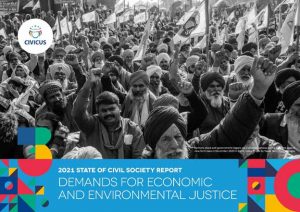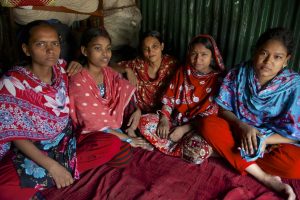By Tristan Webb
The first part of this series surveyed the wide variety of sanctions put on the DPRK by the UN and the relevant countries. Taken together, the result is a confused mess, where details of prohibited items stretch into hundreds of pages, but where experts are still not sure whether Korean nuclear scientists training in a Russian nuclear research institute constitutes a sanctions violation or not. However, it is nonetheless possible to identify several distinct strategies among the sanctions, some of which fundamentally conflict.
The single most commonly stated purpose of multilateral and unilateral sanctions is to prevent the proliferation of nuclear weapons and ballistic missiles. Proliferation includes vertical proliferation – the enhancement of the DPRK’s nuclear weapons and ballistic missile programs – and horizontal proliferation – trade in those programs’ components and in conventional weaponry.
The counter-proliferation sanctions strategy is, on paper, straightforward. Because the DPRK is not believed to be capable of developing all parts needed for an independent nuclear weapons program, the strategy requires other countries to refuse to trade the prohibited components with the DPRK: an arms embargo. Accordingly, UN sanctions have for 10 years required all countries to not trade such items with the DPRK, and U.S. counter-proliferation sanctions prohibiting such trade go back even further.
It’s worth remembering that northern Korea has been under sanctions since before the DPRK was founded: Its first phase of sanctions took place when the Allied Powers enacted a wartime blockade against the Japanese Empire, including the whole Korean Peninsula. The second phase came soon after the end of World War II, when the Republic of (South) Korea prohibited all unauthorized contact with the DPRK, and the U.S. put DPRK under an embargo upon the start of the Korean War.
Yet in the absence of multilateral sanctions the DPRK was comparatively free to trade with socialist, non-aligned and OECD countries alike, attracting more than a billion dollars of investment from the latter alone in the 1970s.
The third phase lasted from the end of the Cold War until 2006. During this period Japan, the U.S. and the ROK separately tried improving bilateral relations with the DPRK using economic incentives: The U.S. offered nuclear power stations through the Agreed Framework in 1994, the ROK invested in the Kaesong Investment Complex and Mount Kumgang Tourist Region in the ’00s and Japan promised a multi-billion dollar package upon normalization of diplomatic relations in 2002. – NK News




